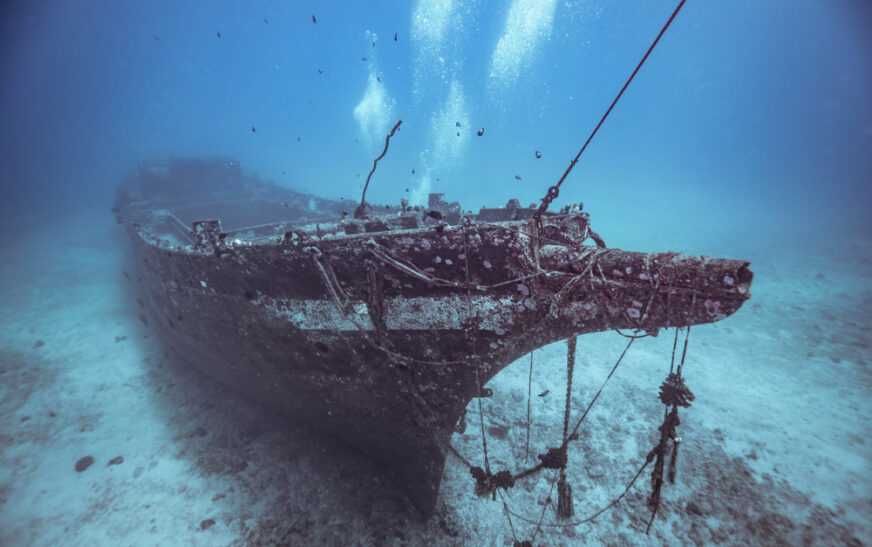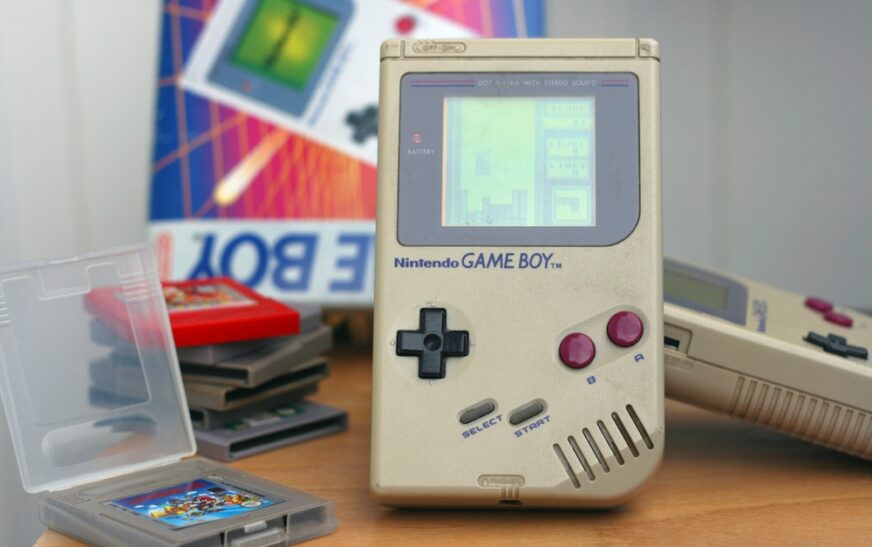Recovering Traces of a Bygone Era
A tense confrontation occurred in the Baltic Sea near the Aland Islands on May 19, 1917. During the final quarter of the world’s first global war, a German submarine stopped a neutral Swedish merchant ship heading towards a Russian port. The German captain believed the S.S. Kyros carried supplies intended to aid Czar Nicholas II’s military efforts.
He permitted the crew of the freighter to evacuate into lifeboats before sinking the ill-fated vessel to the bottom of the icy sea. Its cargo, including 900 bottles of premium cognac and fine Benedictine brand liqueurs, chilled on the ocean floor some 253 feet below sea level. Fishermen trawled around the site for decades, oblivious to the wreckage below. Then, in 1999, a salvage team finally discovered the shipwreck.
A Stunning Discovery
Ocean X launched an ambitious effort to retrieve the cargo of the S.S. Kyros. They hoped to recover at least some intact bottles. The team previously found and salvaged a different ship transporting some 3,000 bottles of rare champagne across the Baltic. They successfully recovered and auctioned 2,000 bottles; the find eventually commanded prices ranging from $5,000 to $10,000 per bottle.
The salvage team obtained a pleasant surprise when they explored the remains of the S.S. Kyros. They recovered a veritable trove of rare (and often still securely sealed) alcoholic beverages. The contents included 50 cases of De Haartman & Co. cognac, a brand no longer in production. Additionally, the Swedish ship had carried 15 cases of Benedictine liqueur, a label owned by Bacardi. Now vintage and valuable as collector’s items, many of the sealed bottles reportedly appear intact. The salvage company ordered testing to confirm the condition of the contents.
Employing High Tech Salvage Tools
Divers have historically faced challenges performing salvage operations in the frigid, dark waters of the Baltic Sea. Poor visibility hampers recovery operations in many locations there. Reportedly, Space X relied in part upon underwater drones to help find and salvage the shipwreck site.
The use of remotely operated vehicles offered assistance in finding and collecting the scattered bottles from the depths of the ocean floor. Drones operate dependably in environmental conditions which imperil human safety. The retrieval of the WWI Era cargo holds the potential to yield interesting historical information. The salvage efforts demonstrate the utility of underwater drones as tools for conducting some types of challenging maritime archaeological research.










